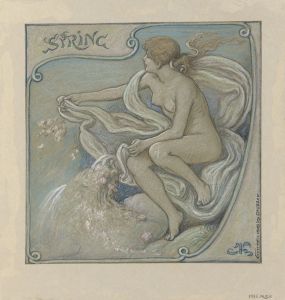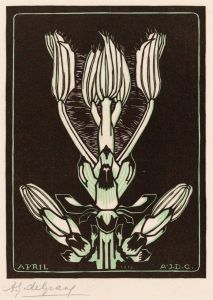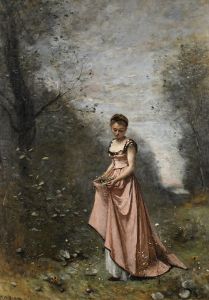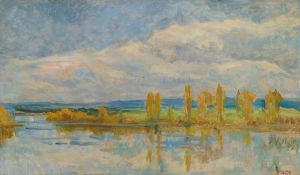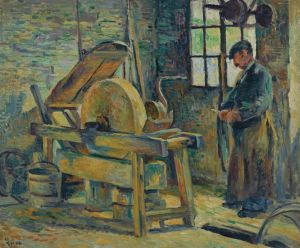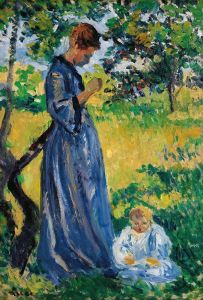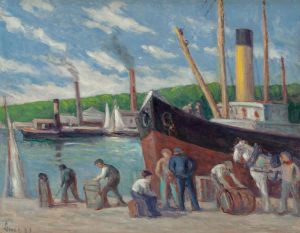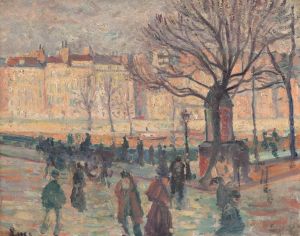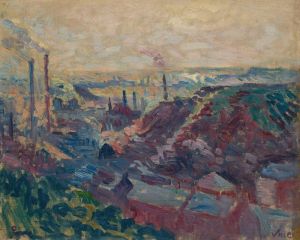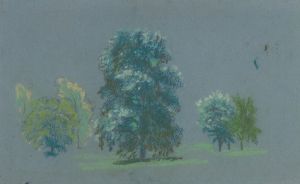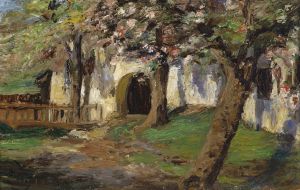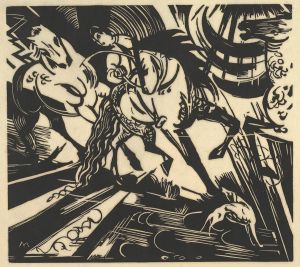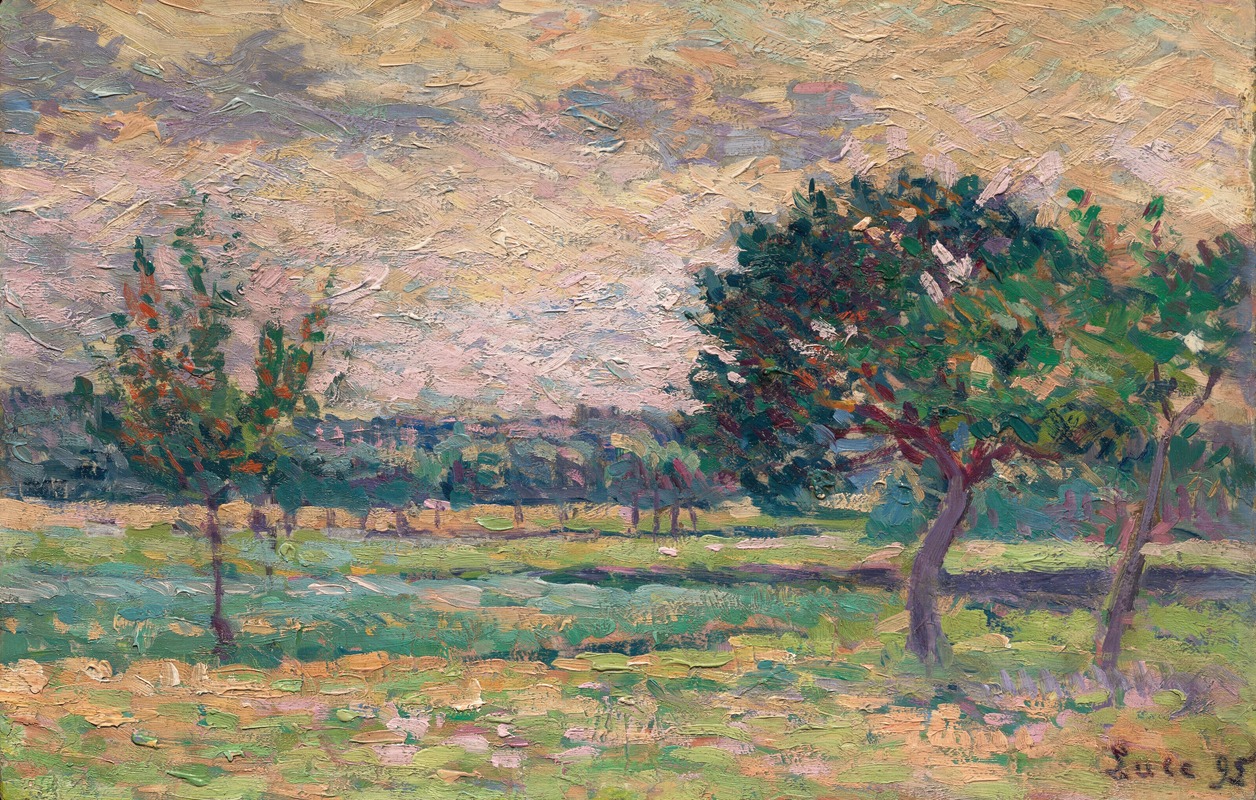
Le verger
A hand-painted replica of Maximilien Luce’s masterpiece Le verger, meticulously crafted by professional artists to capture the true essence of the original. Each piece is created with museum-quality canvas and rare mineral pigments, carefully painted by experienced artists with delicate brushstrokes and rich, layered colors to perfectly recreate the texture of the original artwork. Unlike machine-printed reproductions, this hand-painted version brings the painting to life, infused with the artist’s emotions and skill in every stroke. Whether for personal collection or home decoration, it instantly elevates the artistic atmosphere of any space.
Maximilien Luce was a prominent French Neo-Impressionist painter known for his contributions to the Pointillism movement, which was characterized by the use of small, distinct dots of color applied in patterns to form an image. One of his notable works is "Le verger," which translates to "The Orchard" in English. This painting exemplifies Luce's mastery of light and color, capturing the serene beauty of a rural landscape.
"Le verger" is a testament to Luce's dedication to the Neo-Impressionist technique, which he adopted after being influenced by Georges Seurat and Paul Signac. The painting showcases Luce's skillful use of color theory, where he applied contrasting colors in small dots to create a vibrant and harmonious composition. This technique not only adds a luminous quality to the painting but also allows the viewer's eye to blend the colors optically, creating a more dynamic and lively image.
The subject of "Le verger" is a peaceful orchard scene, a common theme in Luce's work, reflecting his interest in capturing the tranquility and simplicity of rural life. The painting likely depicts a typical French countryside, with lush greenery and fruit-bearing trees, bathed in the warm glow of sunlight. Luce's attention to detail and his ability to convey the atmosphere of the scene are evident in the way he captures the play of light and shadow across the landscape.
Maximilien Luce was not only a painter but also an engraver and an illustrator. Born in Paris in 1858, he began his artistic career as an engraver before transitioning to painting. His early works were influenced by the Impressionists, but he later became a key figure in the Neo-Impressionist movement. Luce was deeply committed to social and political causes, and his art often reflected his anarchist beliefs. However, "Le verger" is more focused on the aesthetic and technical aspects of painting rather than political themes.
Throughout his career, Luce remained dedicated to the principles of Neo-Impressionism, even as other artists moved away from the style. His works are characterized by their vibrant colors, meticulous technique, and the ability to capture the essence of a moment. "Le verger" is a prime example of his ability to transform a simple rural scene into a work of art that resonates with beauty and tranquility.
Today, Maximilien Luce's paintings, including "Le verger," are celebrated for their contribution to the development of modern art. His works are held in high regard and can be found in various museums and private collections around the world. Luce's legacy as a master of Neo-Impressionism continues to be appreciated by art enthusiasts and scholars alike, ensuring that his work remains an important part of art history.





